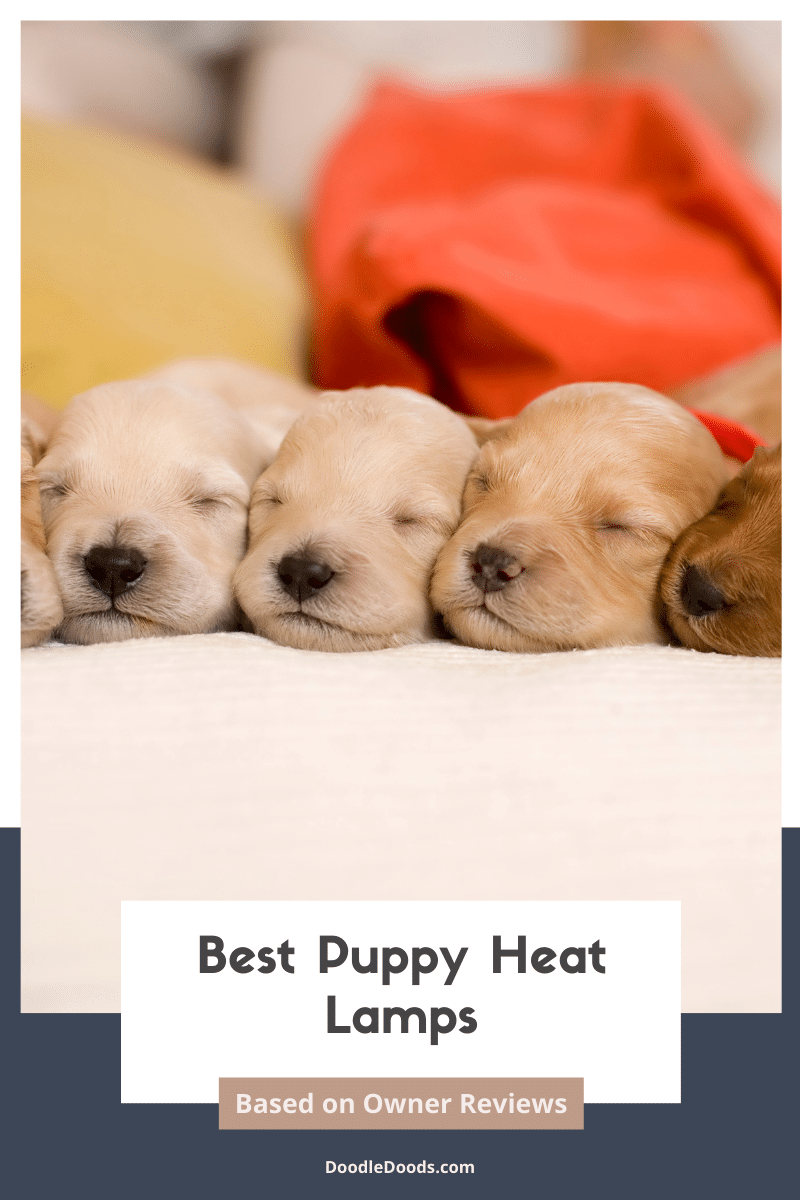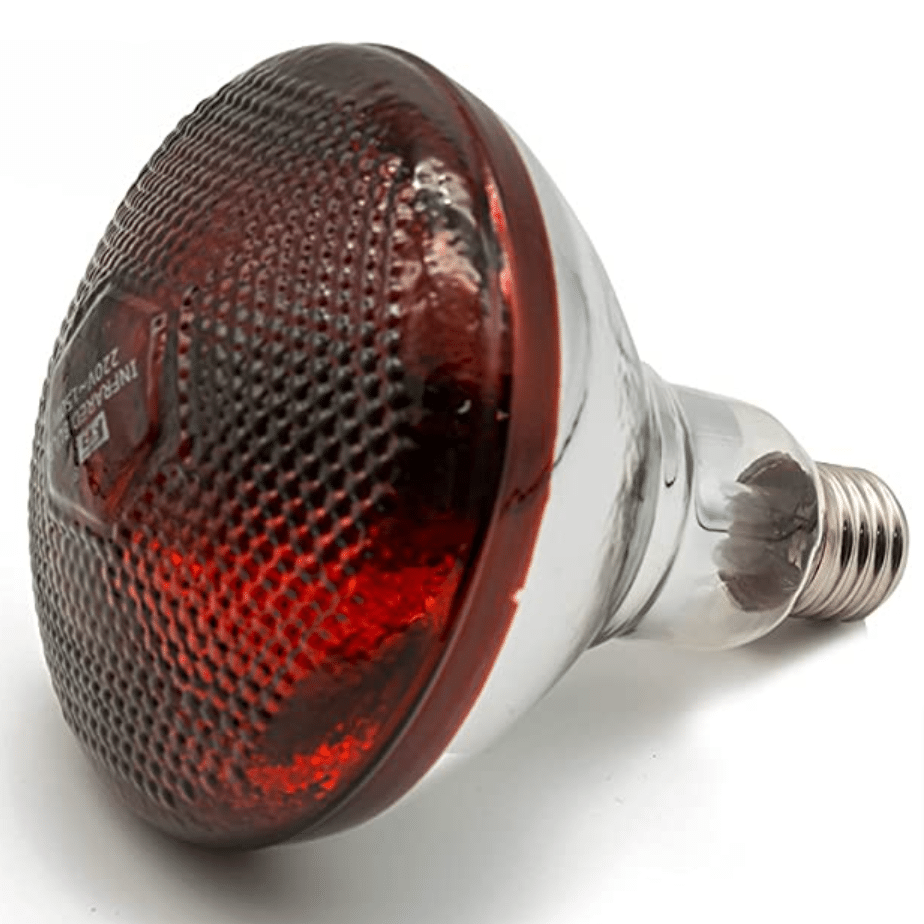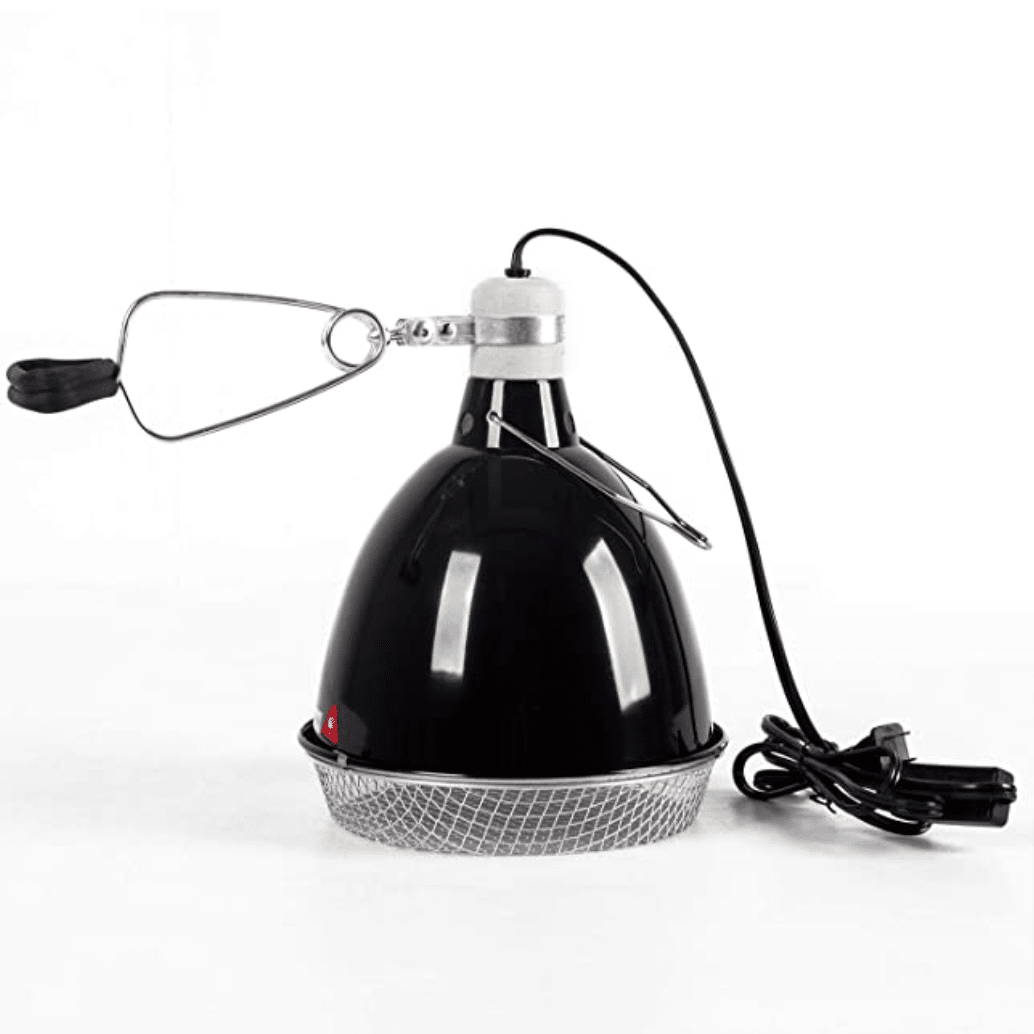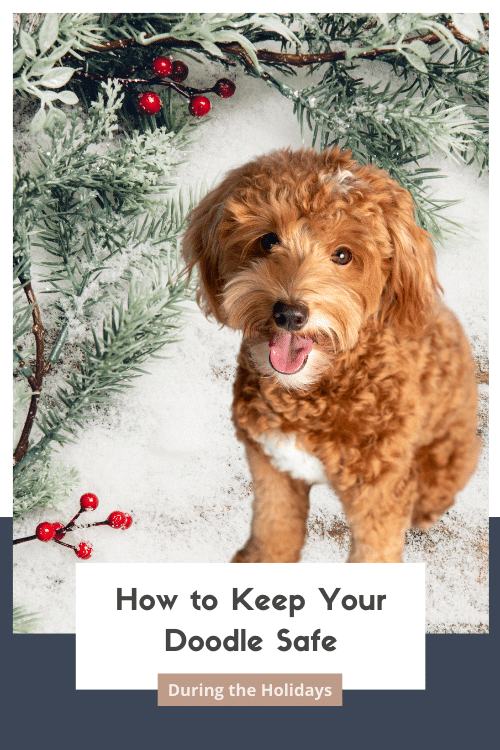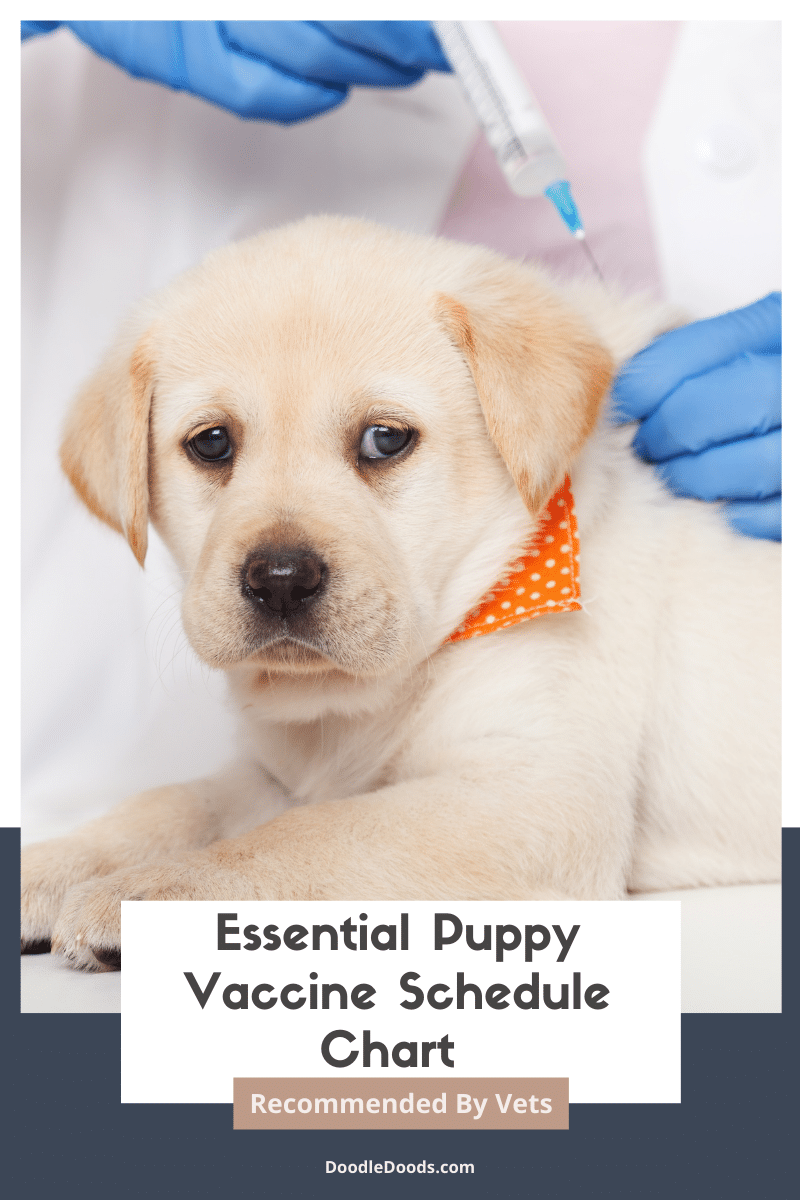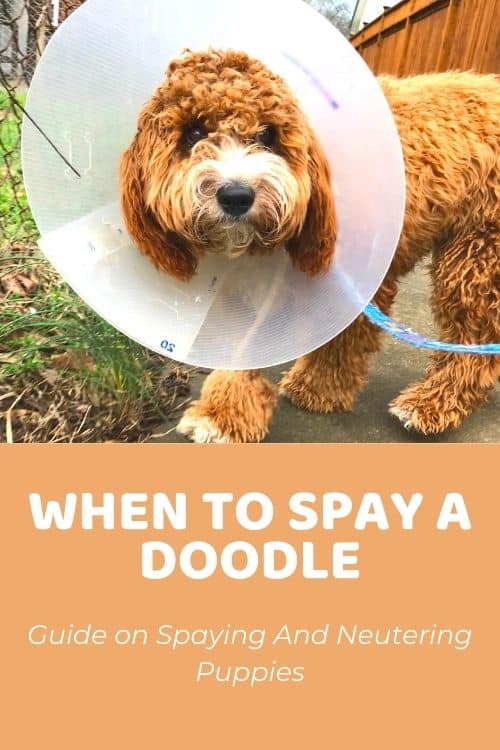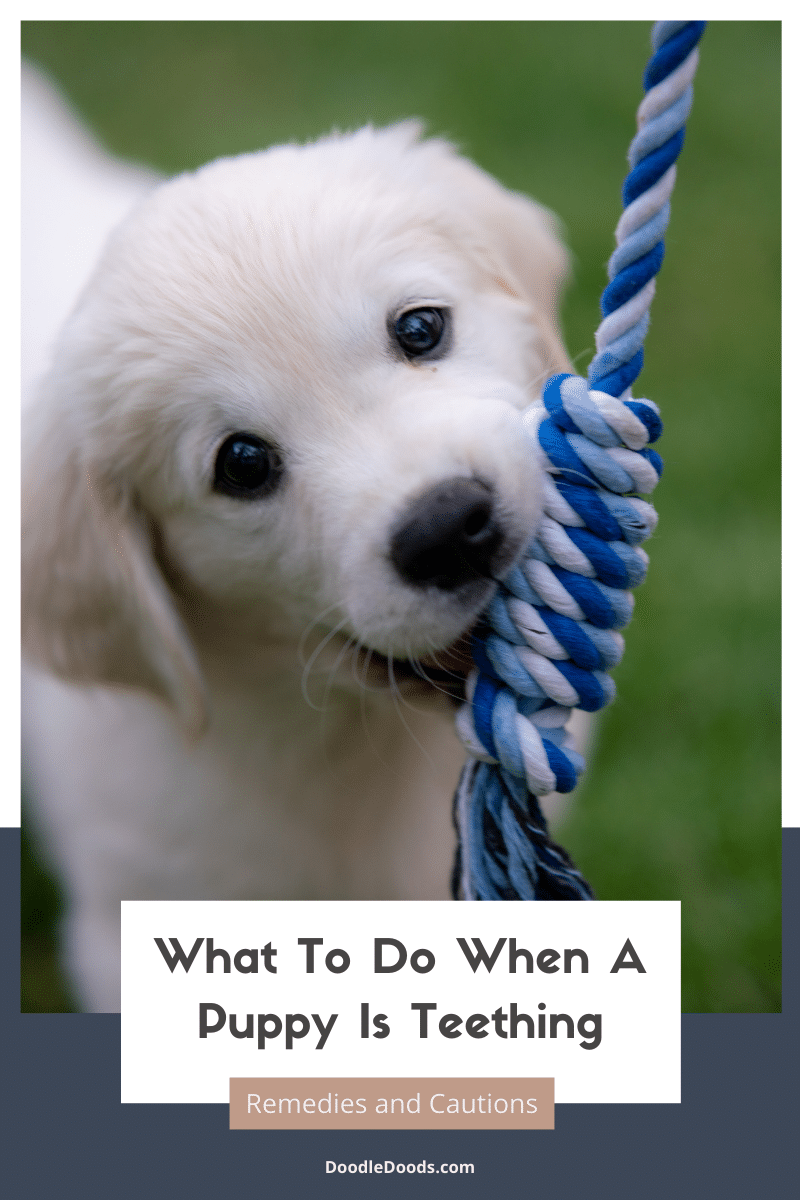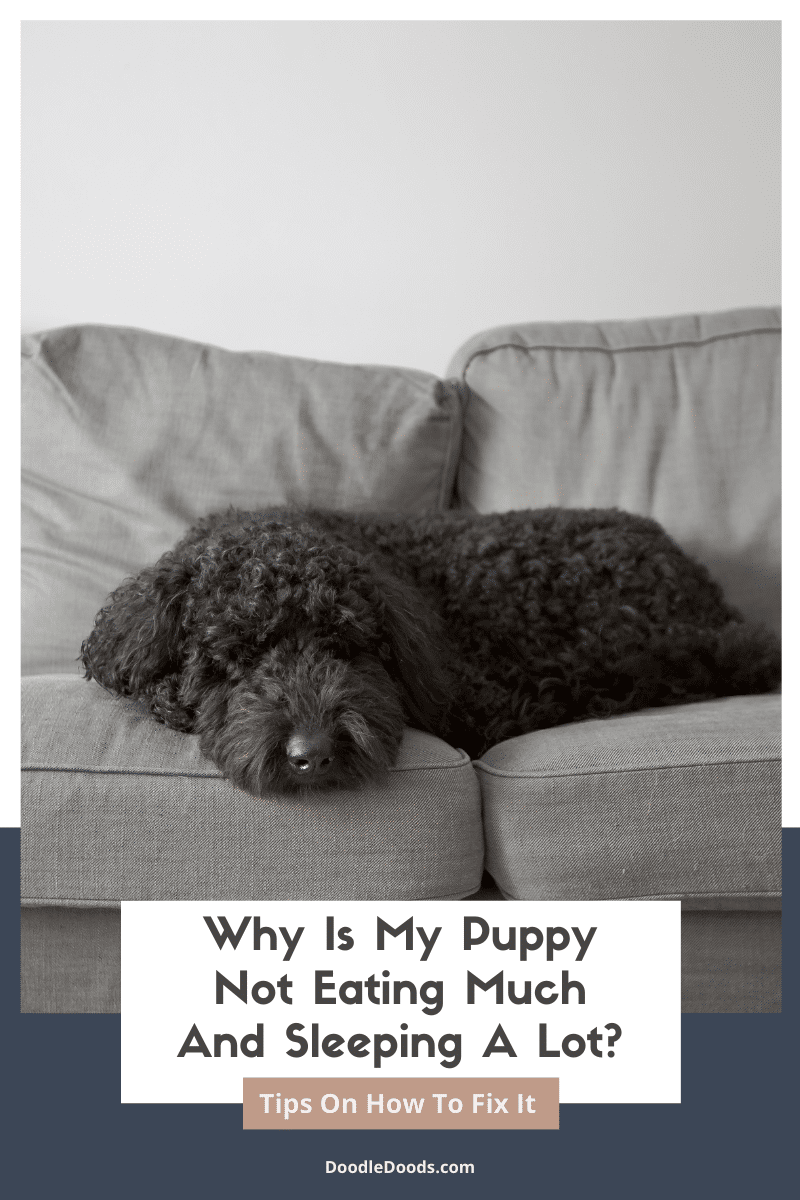If you’ve recently ventured into the exciting world of Doodle breeding, you’re likely to have a million questions about how you can keep your pet and her puppies safe, happy, and healthy. One important consideration is what you’ll need to do just this. A whelping box, birthing support equipment, puppy pads, and suitable food are all important, but what about puppy heat lamps? You may have heard of these without knowing whether you should get one.
Here we’ll take a look at why a puppy heat lamp might be a good option for you and how to pick out the right one and safely use it. We’ll also provide some recommendations for the best lamps and heat emitters currently on the market. Happy reading 🙂
Table of Contents
- Do Young Puppies Need A Heat Lamp?
- Are Heat Lamps Safe For Puppies?
- Puppy Heat Lamps: Buyer’s Guide
- Best Puppy Heat Lamps: Reviews
- Dos And Don’ts of Using A Puppy Heat Lamp
- Puppy Heat Lamp: Frequently Asked Questions
- Final Thoughts
Top 2 Puppy Heat Lamps (Stands And Bulbs) Chosen By Breeders
If you already know what you’re looking for and are happy to dive right into purchasing a puppy heat lamp and suitable bulb, here are our favorites with links to where you can buy them (from pet parent online superstore Chewy).
However, if you’d like to learn a little more about how to use a puppy heat lamp or want to read up on those we have recommended, keep scrolling.
-
Pick #1:
Fluker’s Ceramic Reptile Heat Emitter & Fluker’s Ceramic Clamp Lamp – Literally designed for each other, this ceramic heat emitter and clamp stand combo is an excellent heating solution for your whelping box. The emitter heats without light making it perfect for use at night as much as during the day, and the easy-install lamp can be placed wherever you need it to be for just the right temperature.
-
Pick #2:
Fengrun Infrared Heat Lamp Waterproof Anti-Explosion Light Bulb & OIIBO Deep Dome Heat Lamp Fixture – To add a little light to the mix without making things overbright, consider Fengrun’s red, super durable light bulb, good for both day and night. OIIBO’s hanging hook lamp makes a good pairing for highly focused heat and light, temperature warning and the safety grill, which prevents the bulb from touching anything it shouldn’t.
Do Young Puppies Need A Heat Lamp?
Heat lamps are used in conjunction with an infrared bulb that produces heat but not always light. As to the question of whether or not you should bother with one, this depends very much on your specific setup. Instinct will keep a mother close to her puppies, especially in those very early days, and they will benefit from her warmth. However, if your whelping box is not in the warmest spot, adding extra blankets might not be enough to keep the puppies at the right temperature.
You see, the problem is that young puppies aren’t able to regulate their own body temperature until they are somewhere between four and six weeks of age. This means they are entirely reliant on their mom and littermates for warmth. If they aren’t able to stay at an optimal temperature, then their health, and maybe even their life, is at risk. So you can see the importance of keeping young puppies warm…
The big issue with this is that very young puppies need to be kept likely quite a bit warmer than you might think. Newborn puppies should remain in the region of 85-90°F (29-32°C). After seven or ten days, this can be switched down to 80°F (26.7°C) and, at around three to four weeks, to 72°F (22.2°C). Yet all these temperatures are likely to be higher than the general temperature of your house, and that’s where puppy heat lamps come in.
If you’re still a little unsure of whether you need one or not, take a look at the puppies themselves. If conditions are too cold for them, you’ll find mother dog remains constantly curled around her puppies rather than simply lying next to them. The puppies themselves will tend to sleep in a big heap to keep their body temperature up. If you are noticing this to be the case for prolonged periods, then a puppy heat lamp is definitely the way to go.
Are Heat Lamps Safe For Puppies?
When it comes to heating a whelping box, though, you do have a few different options. Puppy heat lamps are one of the top choices, but so too are heat pads. However, we believe that heat lamps over a few benefits over pads. Top among these is that they are placed well out of reach of the puppies and, in this way, pose less of a risk to them. You will need to be careful, though, to place all cables safely out of harm’s way too.
With heat lamps, you also tend to have more control over the actual temperature of the whelping box. For instance, you can easily monitor how much of the heat is hitting the puppies. Moreover, you can set up the lamp so it heats just a portion of the whelping box, so if mom gets a little too hot, she can easily shift over to the other side. The same goes for the puppies as they start to get older. This will also help you with making adjustments to keep things just perfect for your pups.
Alongside temperature control, heat lamps also do a great job of removing excess moisture from the whelping space. This is particularly good news for those of you that have issues with humidity and/or damp. With the lamp keeping this at bay, you won’t have to worry about the puppies catching a chill. You will, however, need to be sure to pick up the right kind of heat emitter and put some provisions in place to ensure the safe usage of the lamp. We’ll detail these a little later in this article.
Puppy Heat Lamps: Buyer’s Guide
You’ll be hard-pushed to find heat lamps designed explicitly for whelping. There may be one or two out there, but they are mostly set up for keeping more cold-blooded animals happy and healthy. As such, you are going to have to pay close attention to the specs of the lamp to be sure it’s what you need.
Keep in mind, too, that you’ll need to pick up both the lamp fixture and a suitable bulb – so that’s essentially two lots of research. You’ll need to look at the following:
Bulb Wattage
The amount of heat emitted by a bulb varies depending on its wattage. Those looking to heat whelping boxes usually deliberate between 60 watts, 100 watts, and 150 watts bulbs. Among the two more powerful, the 150-watt bulb can raise the heat of an insulated kennel by up to 30°F, and the 100-watt heat lamp covers an area of around 4 to 5 cubic feet. So be very clear on what you’re looking for, and don’t be afraid to ask.
Safety Features
While the best thing you can do in terms of puppy heat lamps safety is to place the thing well out of the way, there are a few other features that might make all the difference. A protective grid or hooded cover on the lamp fixture is good for keeping sensitive skin away from overheated bulbs. At the same time, additional items such as thermostats with auto-shutoff are great for ensuring the whelping box stays at a suitable temperature even when you’re not there to keep checking on it. Anti-chew cords are also a thing. These eliminate any electrical hazards which would come from chewing the cord.
Value For Money
Obviously, you want anything you buy to be value for money – that goes without saying. In terms of puppy heating lamps, things to be aware of are the quality of the materials, the durability of the design (you don’t want plastic lamp stands that will melt with heat), and the sturdiness of the construction. Ceramic bulbs, such as those used for heat emitters, can be pretty heavy, so you want a lamp stand that can sustain their weight and clamps that will hold fast. In terms of the heat emitters themselves, you’ll want to check their longevity. You don’t want to be replacing bulbs over and over again if you don’t have to be.
Additional Costs
You’ll also need to factor in additional items depending on your specific needs, such as extension chords, chord protectors, extra heat emitters so you have spares to hand as needed, and additional clamps to make the lamp stand secure. Stands to clip clamp lamp stands to and also grids in case you need to put an extra layer between your pet and a hot bulb.
Best Puppy Heat Lamps: Reviews
Fluker’s Ceramic Reptile Heat Emitter & Fluker’s Ceramic Clamp Lamp
If you’re looking for a puppy heat lamp that warms nicely, covers a good amount of space, and provides warmth without bright blinding light, Fluker’s Ceramic Heat Emitter is the one for you. This excellent product is constructed from top-quality ceramic, which is far more durable than glass alternatives and lasts around 25 thousand hours, too – pretty impressive! We’ve paired it with Fluker’s Ceramic Clamp Lamp (be sure to get the right size for the bulb you buy), which features a heavy-duty polished aluminum anodized metal reflector to further maximize the emitter’s heat output.


As per the heat lamp’s intended function, most reviews for both products come from reptile pet parents. However, these still take into account the kind of specs that we need to consider. For instance, many mention being impressed with how good a job the heat emitter does with heating the required space and also with how long the bulb lasts before needing to be replaced. The clamp lamp also does well in the reviews, with people commenting on the sturdiness of the attachment and the lamp’s ability to handle the heat of the emitter.
Pros
- Two great products that work well together and that are super easy to set up. The lack of a glaring light from the heat emitter makes it as perfect for nights as for days.
Cons
- The bulb itself can get really hot, so be sure to place it at a good height and closely monitor the puppies’ sleeping area too.
Fengrun Infrared Heat Lamp Waterproof Anti-Explosion Light Bulb & OIIBO Deep Dome Heat Lamp Fixture
The great thing about options is being able to find something that meets your specific needs. While the ceramic heat emitter is a great choice for those wanting heat and no light, Fengrun’s red bulb is perfect for those who like a little light while still protecting the delicate eyes of those teeny pupsicles. Available in 150 and 250 watts, it provides a good amount of heat and is super tough too. With its extra features, the lamp fixture is as efficient as it is safe. Plus, it can be hooked or clamped just about anywhere.
Unlike the last heat emitter, this one is marketed more towards chickens and, in that respect (being used in a more outdoor environment), is perhaps a little warmer than the previous one – well, according to the reviews anyway. Either way, purchasers are impressed. The lamp fixture itself, too, finds favor. One happy individual comments that there are “no downsides to this product.” In fact, many mention that it is a lot sturdier than other lamps they are used to, making it well-protected and clearly a quality product.
Pros
- A solidly made bulb that provides a decent amount of heat with the added bonus of providing a little light without disturbing sleep, with a lamp that boasts some impressive safety features.
Cons
- Some reviewers mention receiving the wrong item (for the bulb), so be wary of that.
Dos And Don’ts of Using A Puppy Heat Lamp
Applying any kind of heating to delicate little furbabies is a tricky business. You should always be thinking about safety first. Here are a few things to be aware of when using a puppy heat lamp anywhere near your whelping area:
Do…
- Ensure the heat lamp is securely fastened, and there’s no risk of it falling or toppling to the ground or, even worse, into the whelping box.
- Remove the danger and/or temptation of any dangling wires running from the lamp to the power supply, and make sure the lamp itself is well out of reach too.
- Check and monitor the temperature where the puppies are to ensure it’s good for them. If the puppies are too warm, they will sleep well away from their litter mates, and you should consider turning the heat down a little.
- Be sure to get the correct wattage bulb to effectively warm your space to the required temperature. Most breeders opt for either 60, 100, or 150 watts.
- Place the lamp a good distance away from the puppies. You want to be sure that not only is it well out of reach (even from mom) but that it’s not warming the whelping box to too high a temperature.
Don’t…
- Set up the lamp so it heats the entire whelping box to the same temperature. This may seem the obvious thing to do, but you want to give the dogs the option to move away from the heat source if they do start to feel a little overheated.
- Assume that momma dog panting is a sign that she is overheated. A mother producing a lot of milk will undergo periods of heavy panting as part of this, and it will naturally resolve itself when the puppies feed.
Puppy Heat Lamp: Frequently Asked Questions
Puppies under the age of four weeks are unable to regulate their body temperature. They must rely on snuggling up to their mom and brothers and sisters to keep warm. However, in wintertime, this may not be enough. That’s why a top-quality heat lamp can be a great addition to your puppy-rearing setup.
While puppies start to have some control over their body temperature from four weeks, they may still struggle right up until seven weeks. So you might need to continue using a heat lamp until then. You can tell when the puppies are managing as they won’t be sleeping all huddled up to mom and siblings for extra warmth.
Once you are sure the lamp is secure and set to a good temperature, leaving it on should be fine. Just be sure to monitor the temperature right where the puppies are to ensure it’s not getting too hot. You might also consider a thermostat with an automatic shut-off for the lamp when it reaches a specific temperature.
While newborn puppies need to be kept at around 85-90°F (29-32°C), at three weeks, puppies will thrive in an environment that is somewhere between 72°F (22.2°C) and 80°F (26.7°C). This is about the time they gain a little control over their own temperature regulation, so keep a close eye on how they seem to be doing.
The distance you set your lamp away from the puppies will be determined primarily by how much heat it is emitting and the temperature where the puppies are. Obviously, if it’s too hot, you’ll want to lift it higher, and too cold, put it a little nearer. Just be sure to keep it out of reach of both the puppies and momma dog too.
Final Thoughts
When it comes to keeping your pet’s newborn puppies toasty, there are a few different solutions. While heat pads may seem like the simplest and most effective way to get the job done, you might find that they are a little overkill. Heat lamps, on the other hand, can be strategically placed to warm a particular area of the whelping box while leaving a cooler corner for the puppies to retreat to if needed. That’s why we think they are truly the best solution to keeping young puppies warm.
Learn How to Care for Your Doodle Puppy!

Perfect for first-time Doodle parents, get ALL your questions answered, including questions new Doodle parents don’t even think to ask.
Plus, get $700 worth of Bonus Materials for FREE, including:- Doodle Parenthood Community and Support Group ($190 value)
- Doodle Puppy Growth Tracker ($20 value)
- EMERGENCY Cheatsheet: When To Call The Vet Immediately ($50 value)
- HELP! Button ($145 value)
- And SO MUCH MORE!

